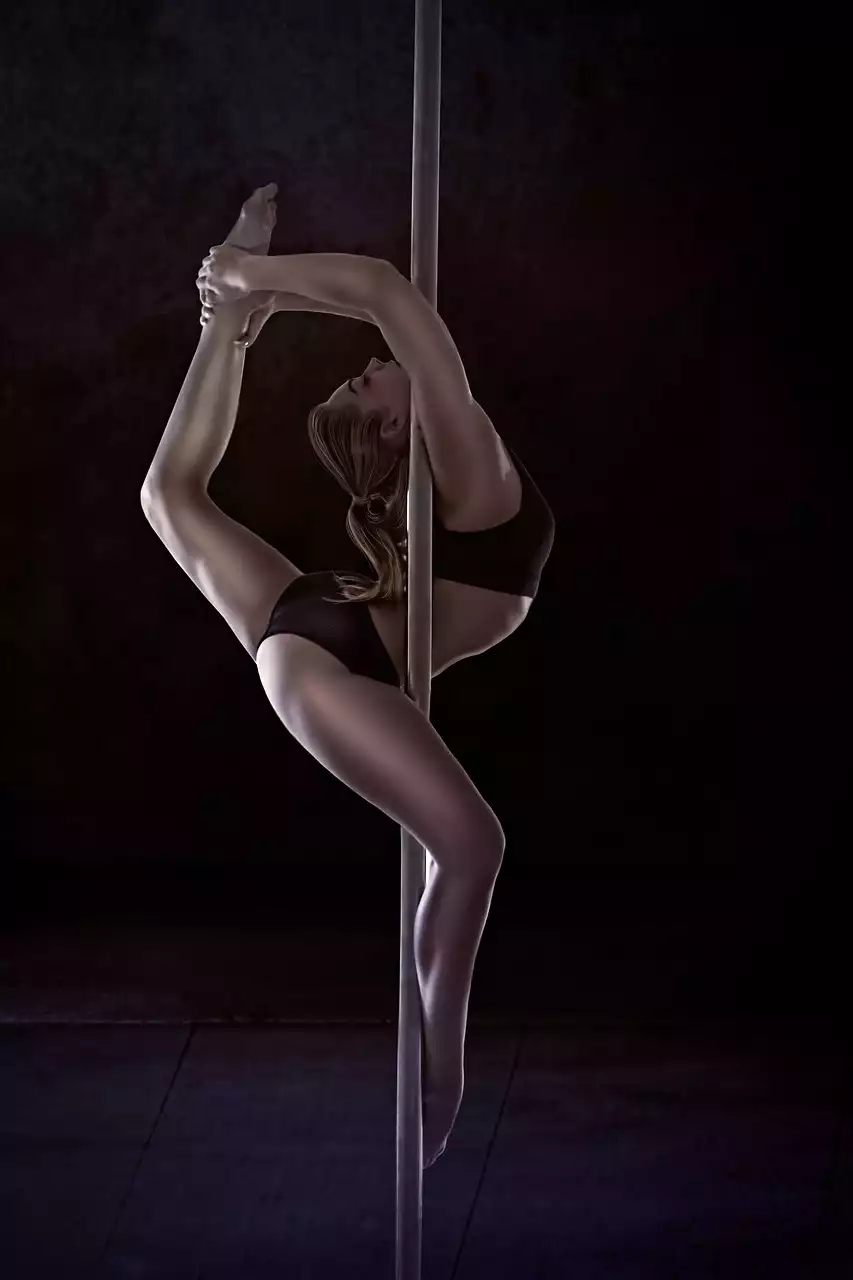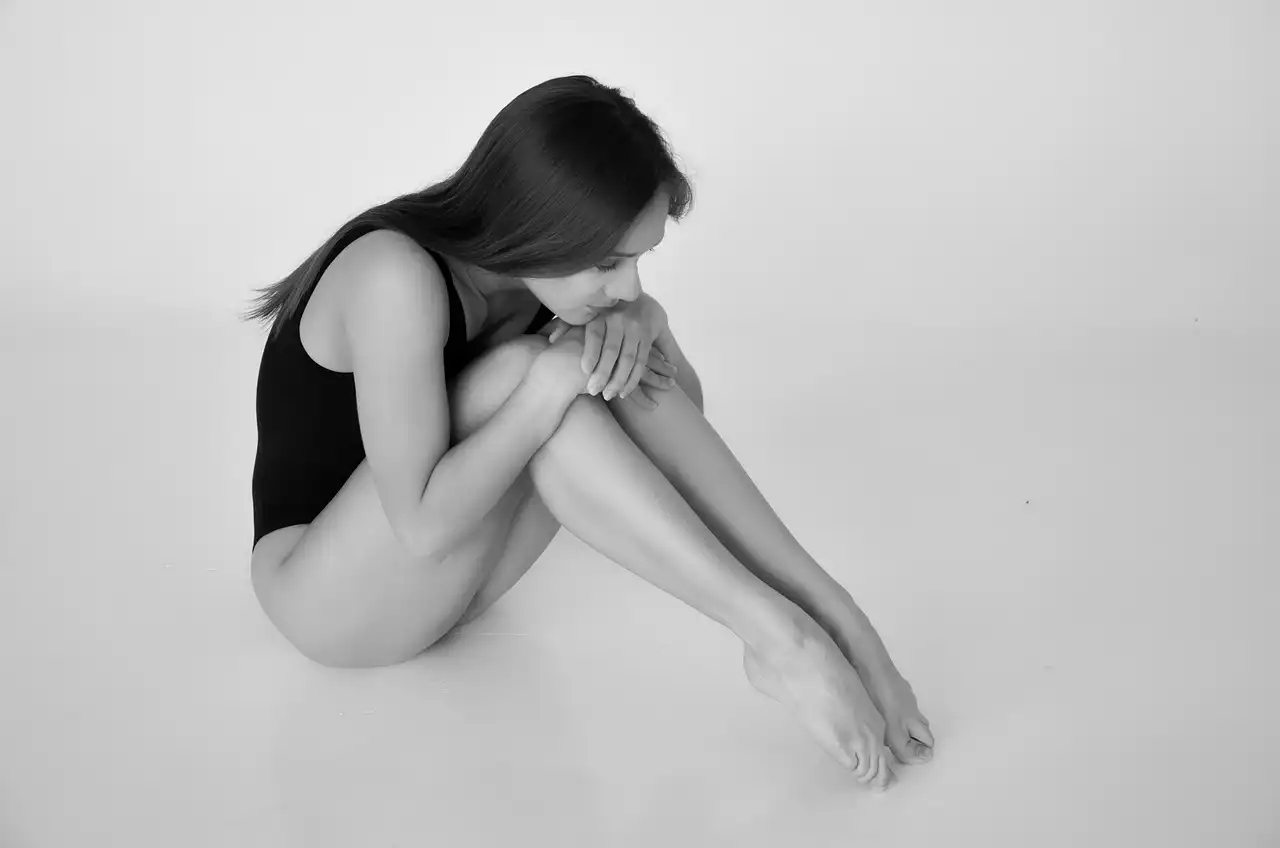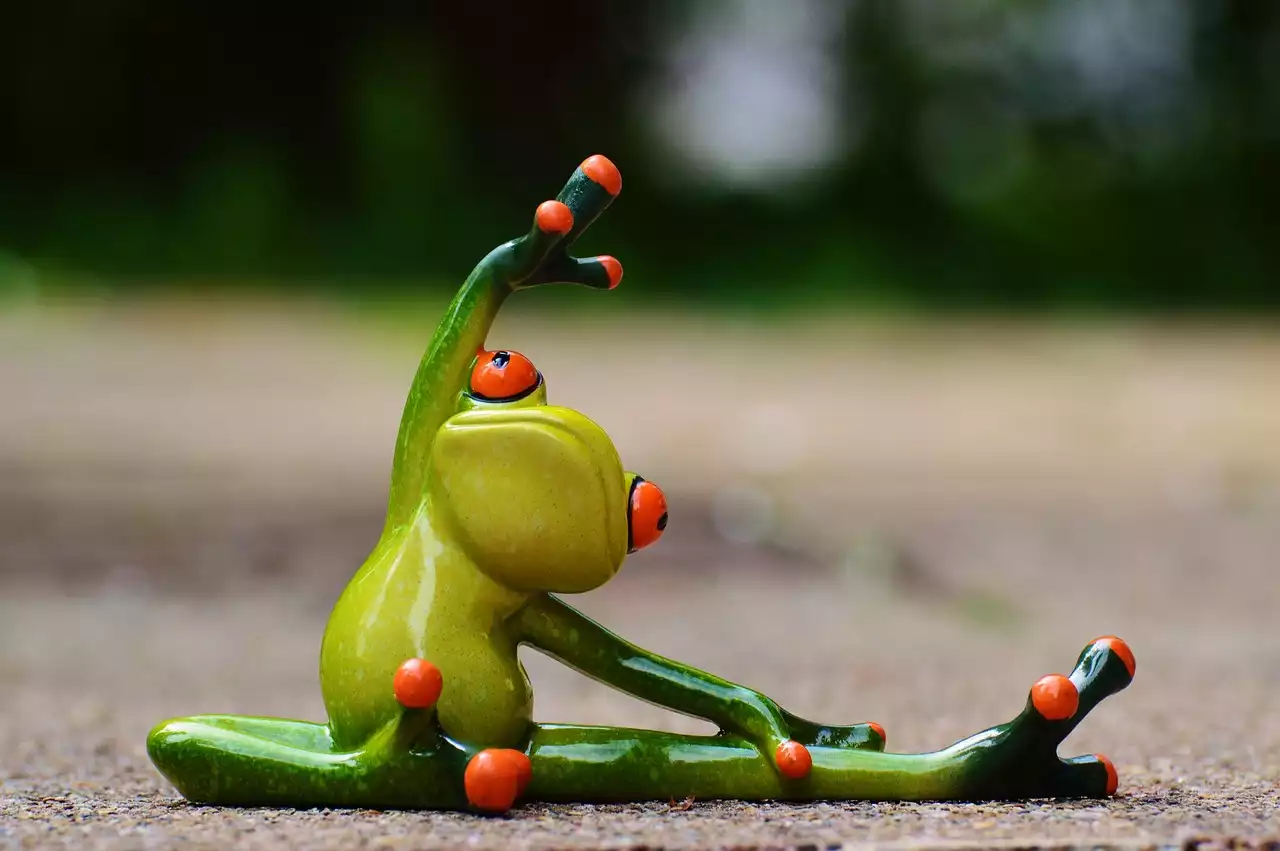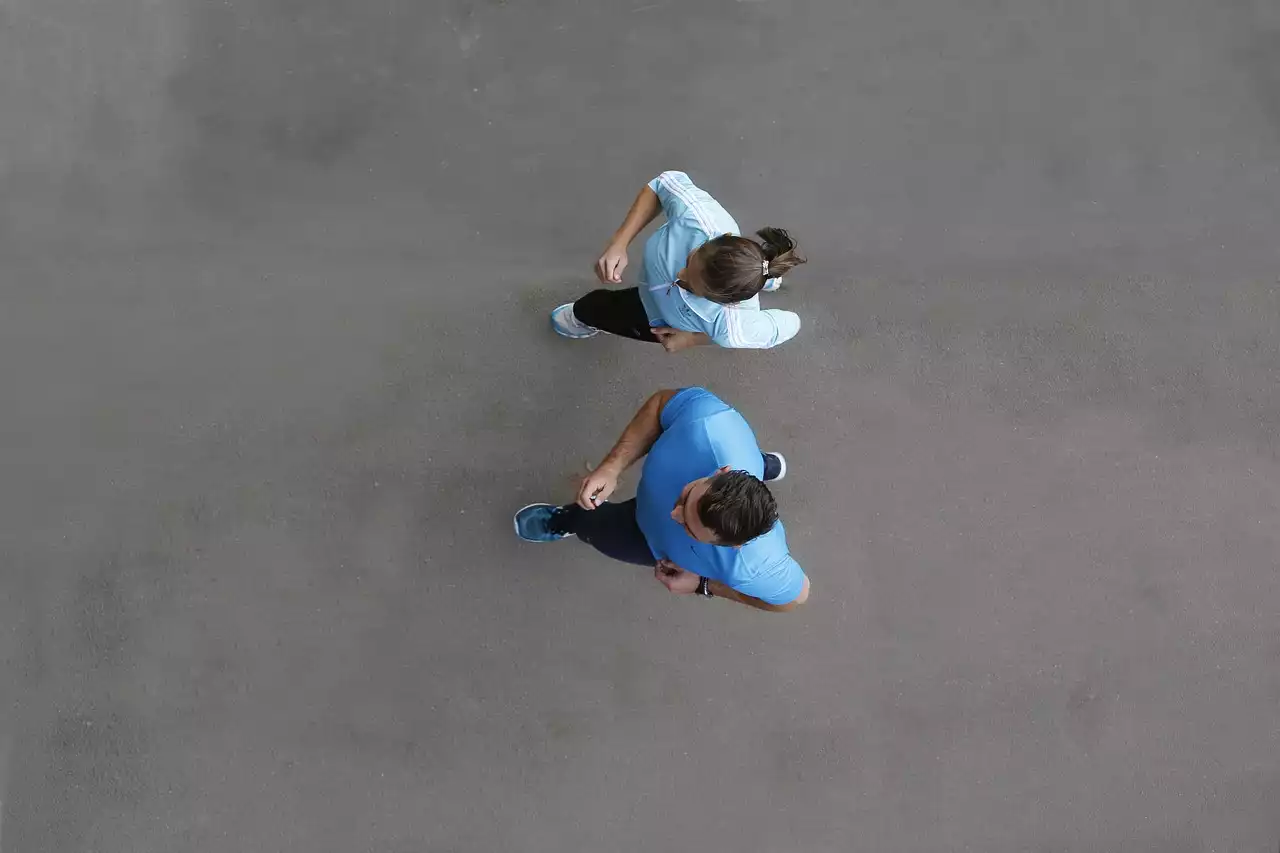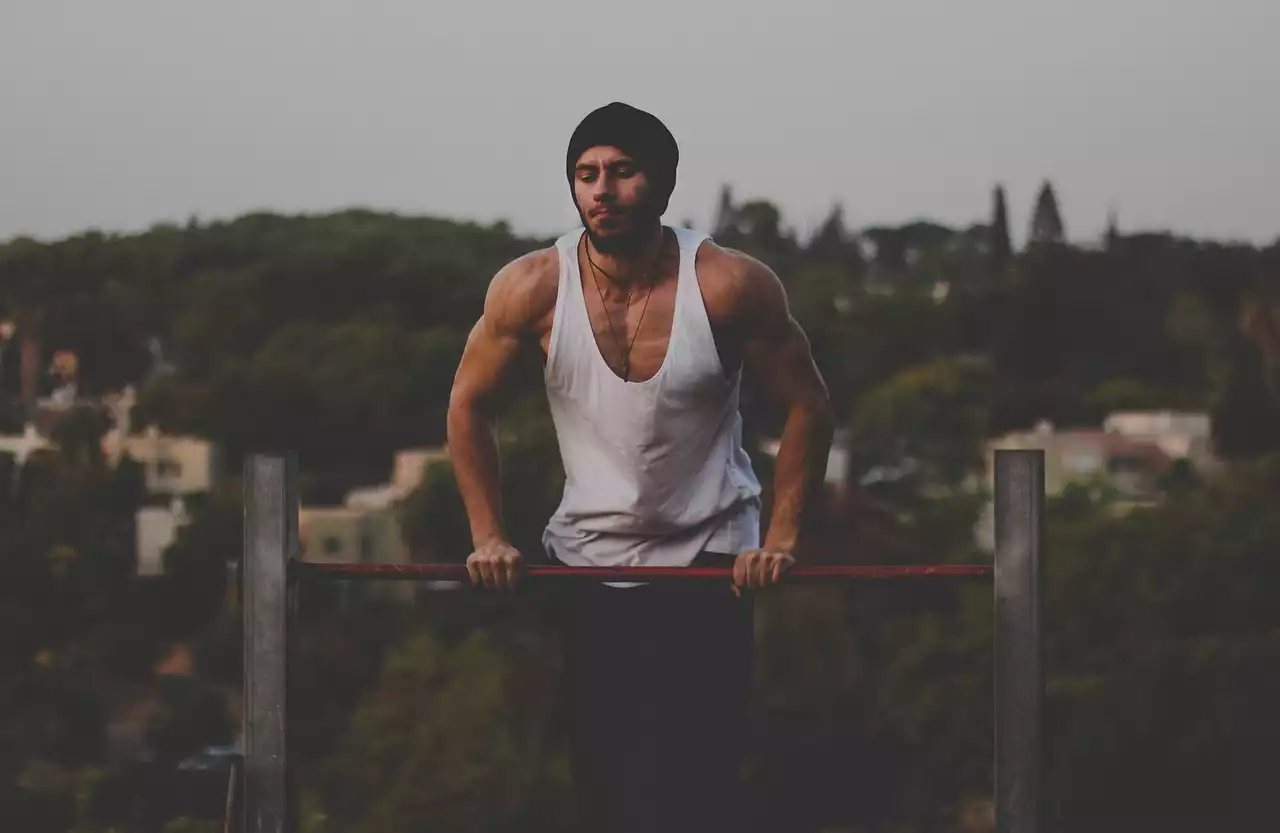Types of Body Positions and Shapes
Gymnastics body positions and shapes can be divided into three main categories: static, dynamic, and combined. Static positions involve holding a specific shape or position for a certain amount of time. Examples of static positions include the straddle, split, and handstand. Dynamic positions involve moving into and out of a specific shape or position. Examples of dynamic positions include tuck jumps, cartwheels, and round-offs. Combined positions are a combination of static and dynamic positions, such as the arabesque or the back handspring.
When performing gymnastics body positions and shapes, it is important to maintain proper form and alignment. This means keeping the body in a straight line and controlling the movement of the body in a slow and controlled manner. It is also important to focus on maintaining good posture throughout the movement. This will ensure that the gymnast is using the correct muscles to perform the position and will help to prevent injury.
The Fundamentals of Ballet Positions
Ballet positions and shapes are an important part of gymnastics and are used in many of the more advanced moves. Ballet positions are used to develop strength, flexibility, and balance. The five basic ballet positions are first position, second position, third position, fourth position, and fifth position. Each position is performed on both the left and right sides of the body.
The first position is the most basic ballet position and is the foundation for all other ballet positions. It is performed by standing upright with the feet turned out and the arms in a circle above the head. The second position is similar to the first position but with the feet moved further apart. The third position is performed by bringing the feet together and extending the arms out in a V shape. The fourth position is similar to the d position but with the arms held behind the back. The fifth position is the most advanced ballet position and is performed with the feet in a parallel position and the arms held in a V shape.
Gymnastics Shapes and Positions for Beginners
For beginners, the most important gymnastics shapes and positions to master are the straddle, split, handstand, and tuck jump. The straddle is a static position in which the legs are held wide apart and the arms are held above the head. The split is a static position in which the legs are held in a wide V-shape and the arms are held above the head. The handstand is a static position in which the body is held upside down and the arms are held above the head. The tuck jump is a dynamic position in which the legs are bent and the arms are held above the head.
To practice basic gymnastics shapes and positions, it is important to focus on proper form and alignment. This will ensure that the body is in the correct position and that the muscles are being used correctly. It is also important to practice each position slowly and with control. This will help to build strength, flexibility, and balance.
Strength and Flexibility Exercises for Gymnasts
Strength and flexibility are two of the most important skills for a gymnast. Building strength and flexibility will help to improve the gymnast’s ability to perform various body positions and shapes. There are a variety of exercises that can be used to help improve strength and flexibility.
For strength exercises, the gymnast can practice push-ups, pull-ups, planks, and sit-ups. For flexibility exercises, the gymnast can practice stretching and yoga po ses.
How to Practice and Master Gymnastics Body Positions and Shapes
Once the basic body positions and shapes have been mastered, it is important to practice and master them. This can be done through repetition and drill work. Repetition will help build muscle memory and make the movements easier to perform. Drill work is a series of exercises designed to help the gymnast practice and master a particular body position or shape.
When practicing and mastering gymnastics body positions and shapes, it is important to focus on proper form and alignment. This will ensure that the body is in the correct position and that the muscles are being used correctly. It is also important to practice each position slowly and with control. This will help to build strength, flexibility, and balance.
Building Endurance and Control through Gymnastics Body Positions and Shapes
Gymnastics body positions and shapes can be used to build endurance and control. Endurance is the ability to perform a skill for a long period of time. Control is the ability to move the body with precision and accuracy.
To build endurance and control, the gymnast should practice the basic body positions and shapes for extended periods of time. This will help to build strength, flexibility, and balance. It is also important to practice the movements slowly and with control. This will help to develop precision and accuracy.
Benefits of Gymnastics Body Positions and Shapes
Gymnastics body positions and shapes offer many benefits to the gymnast. They can help to improve strength, flexibility, balance, and coordination. They can also help to improve the gymnast’s overall physical health. Gymnastics body positions and shapes can also be used to help the gymnast develop self-discipline and focus.
Gymnastics Body Positions and Shapes for Performance Routines
Gymnastics body positions and shapes can be used to create dynamic and creative performance routines. The gymnast can combine static, dynamic, and combined positions to create unique and interesting routines. The gymnast can use different music and props to add an extra element of creativity and excitement to their routines.
